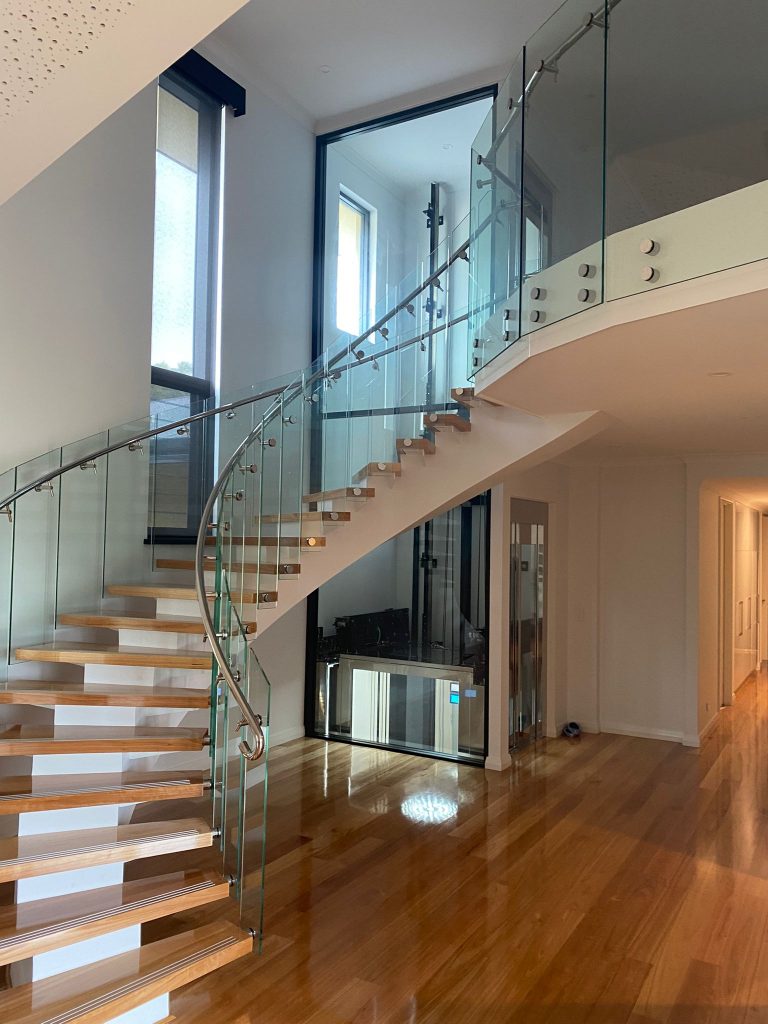Building a home is a hefty investment but also an outstanding achievement. So, if you’re finally building your dream home, we’d like to wish you hearty congratulations!
Now, you may have several questions relating to the build. Is a double-storey house an advantage or disadvantage? What is the most important factor in the construction of a house? What to pick out when building a house?
Let us guide you through all you need to know about single and double-storey houses so that you can make an informed decision at the end of the day.
The Pros and Cons of a Single-Storey Home
Single-storey houses are popular and practical, so let’s dive into the pros and cons of these types of homes.
Pro: Consistent Heating and Lighting
A massive perk of building a single-storey home is that you’re guaranteed more consistent heating and lighting than with a double-storey building. You can more easily control the internal climate of a single-storey house, taking advantage of the sun’s natural light and the natural airflow throughout the space.
Pro: Generally More Affordable
Compared to a double-storey house, building a single-storey home means less construction time, fewer materials required, fewer on-site workers and cheaper overall costs.
Con: Less Space Outdoors
Maximising indoor space will generally mean sacrificing space outdoors. Consequently, you’ll have to settle for a smaller garden or backyard to accommodate your living space requirements.
Con: Less Space Indoors
The most obvious con of building a single-storey home is that it won’t offer as much space as a double-storey building. You might have to be content with more compact bedrooms, smaller living spaces and fewer bathrooms.
The Pros and Cons of a Two-Storey Home
Building a double-storey house might be the answer if a single-storey home isn’t your cup of tea.
Pro: More Space, More Rooms
It goes without saying that a double-storey house offers more space, allowing you to choose how you want to utilise the space. You’ll find that an extra storey offers more freedom from additional bedrooms to a more extensive garden.
Pro: Improved Privacy
In a single-storey home, all rooms must be on one level. Adding an extra level on top will increase privacy since you can decide to have all your bedrooms, for example, upstairs. Although an additional storey is a considerable investment, the benefit of improved privacy shouldn’t be overlooked.
Con: Counting the Cost
Unfortunately, two-storey homes are usually more expensive than their single-storey counterparts. Building a two-storey home is more costly than building a single-storey house because of extra building materials, extra construction time and the more significant number of workers required.
It also means more work for you overall. You’ll have more space to manage, more rooms to clean and potentially more bills to pay. Besides the extra maintenance costs and requirements, a double-storey home’s internal temperature is harder to control, meaning that your electricity bills could be higher.
Con: Accessibility Issues
A double-storey home may not be as practical for your family when it comes to the safety of children and the elderly, including those with mobility issues.
However, there’s a solution to this challenge…
The Solution: Home Lifts
These days we’re all accustomed to using lifts in shopping malls, office buildings, universities, and other commercial spaces. So why not install an elevator in your house too?
Not only are home lifts, or in-house elevators, highly advantageous for families with mobility challenges, but private lifts also offer the utmost convenience to homeowners across the globe. Home lifts also add value to the property while maximising residential comfort.

Is it Possible to Build a Lift in my Home?
When custom-designed, a home lift can adapt to the constraints of any floor plan. Self-supporting lifts’ smooth running makes them discreet and pleasant to use.
Are Home Lifts Worth It?
Here are a few reasons you should consider installing a private lift.
- Your staircase is too deep
- Your space needs to be optimised
- Heavy packages need to be transported back and forth frequently
- Old age and mobility challenges are a reality
- Home lifts are functional and ergonomic
- Home lifts also ensure a more modern and sophisticated appearance to your double-storey home without any extra clutter
- To increase the resale value of your property
Six Considerations for Home Lifts
If you plan on installing a home lift, here are four things you ought to consider.
1. Timing
Since residential lifts are usually situated at the heart of the home, you’ll need to decide early on if you want to include a lift in your home design or not. If you’re still unsure whether or not you wish to add a lift to your home, you always have the option of leaving space for it when designing your house and adding it later.
2. Lift-Type
Essentially, there are two types of home lifts.
- Self-supporting lifts generally possess a structural frame or tower, typically made of steel, tied into lifting beams in the home’s roof.
- Non-self-supporting lifts require a tower built of solid brick walls. It’s mounted on side rails attached to the walls of the brick tower.
Each type of domestic lift has different lighting and power requirements depending on its size, while all lifts require a lift well beneath the lift to act as a drainage area.
3. Size and Specifications
Standard lifts service two floors, with a capacity of four to six people and a shaft diameter of 1.5m. You can easily customise the design of your lift to suit your interior style.
3. Safety
We recommend servicing your home elevator annually or as specified by your lift installer.
4. Cost
Home lift prices, especially home lift prices in Australia, vary quite a bit. From small lifts for houses in Australia to large, glamorous lifts for larger homes, there are plenty of options out there to consider. As a rough guideline, to cover the cost of a home elevator, you must plan to pay around $30,000 on average for installation, considering maintenance costs and customisation.
Home Elevator Prices Australia: Who Can Help You with a Home Lift?
For the best service and home lift expertise in the country, West Coast Elevators have you covered! Contact us today or request a brochure, and let’s get your home upgraded with a home lift!

